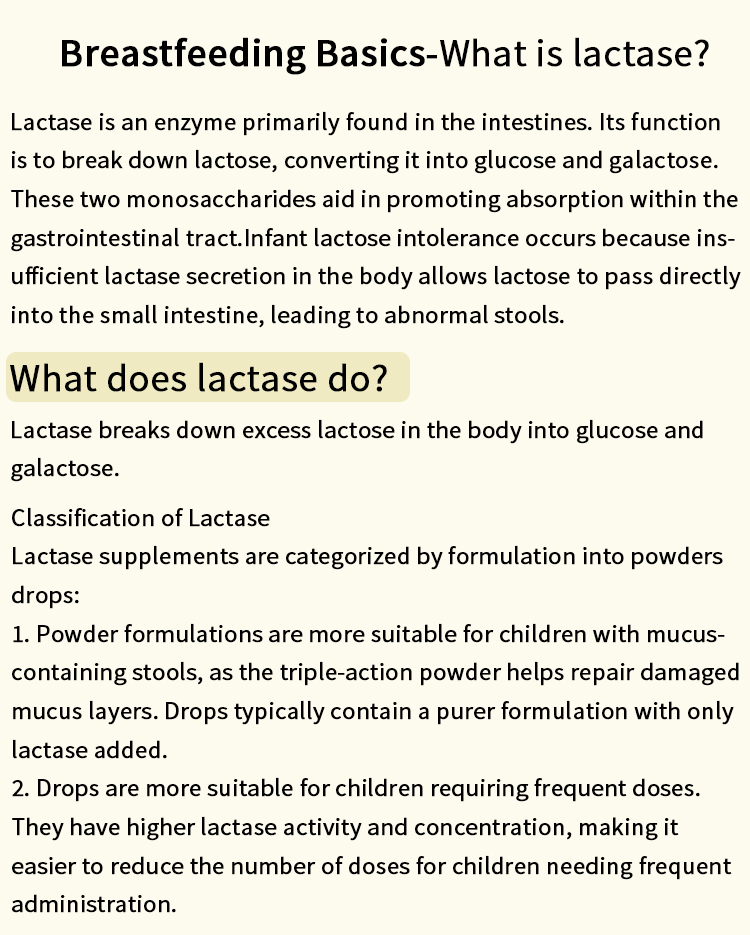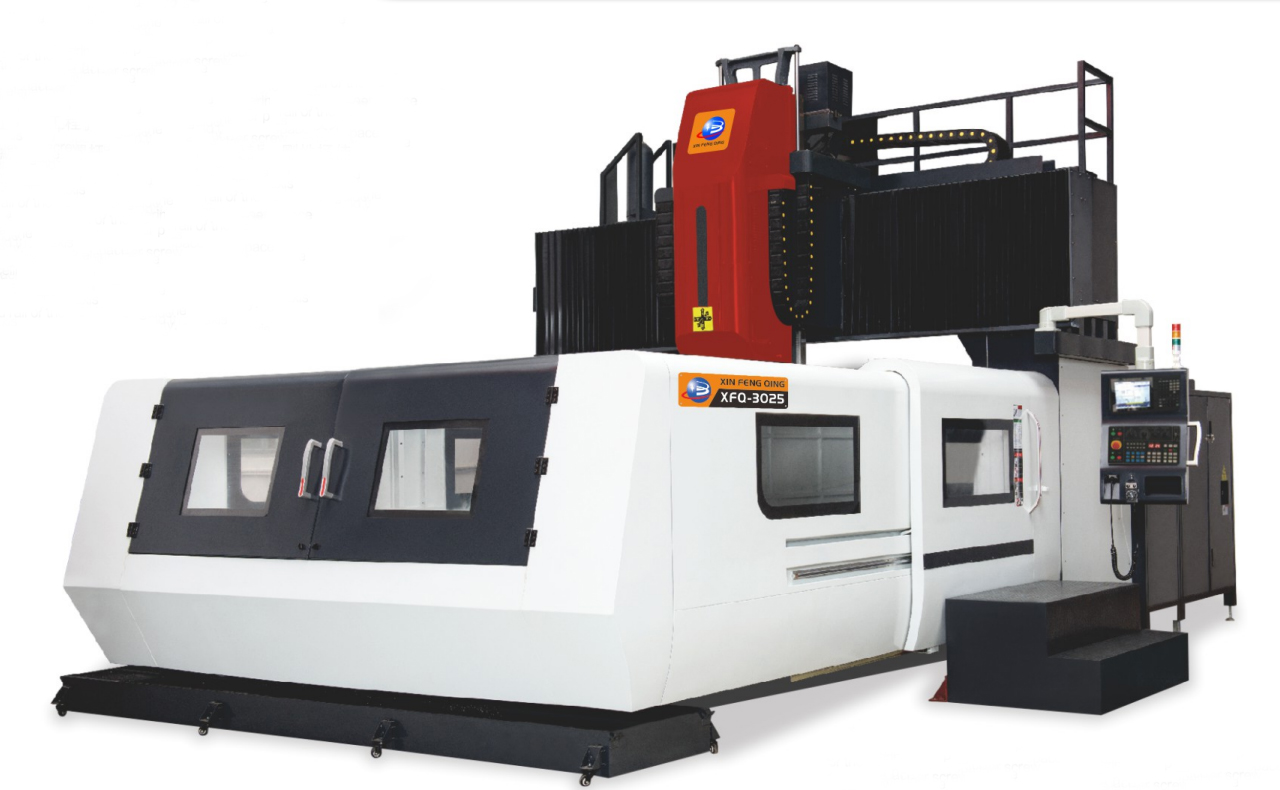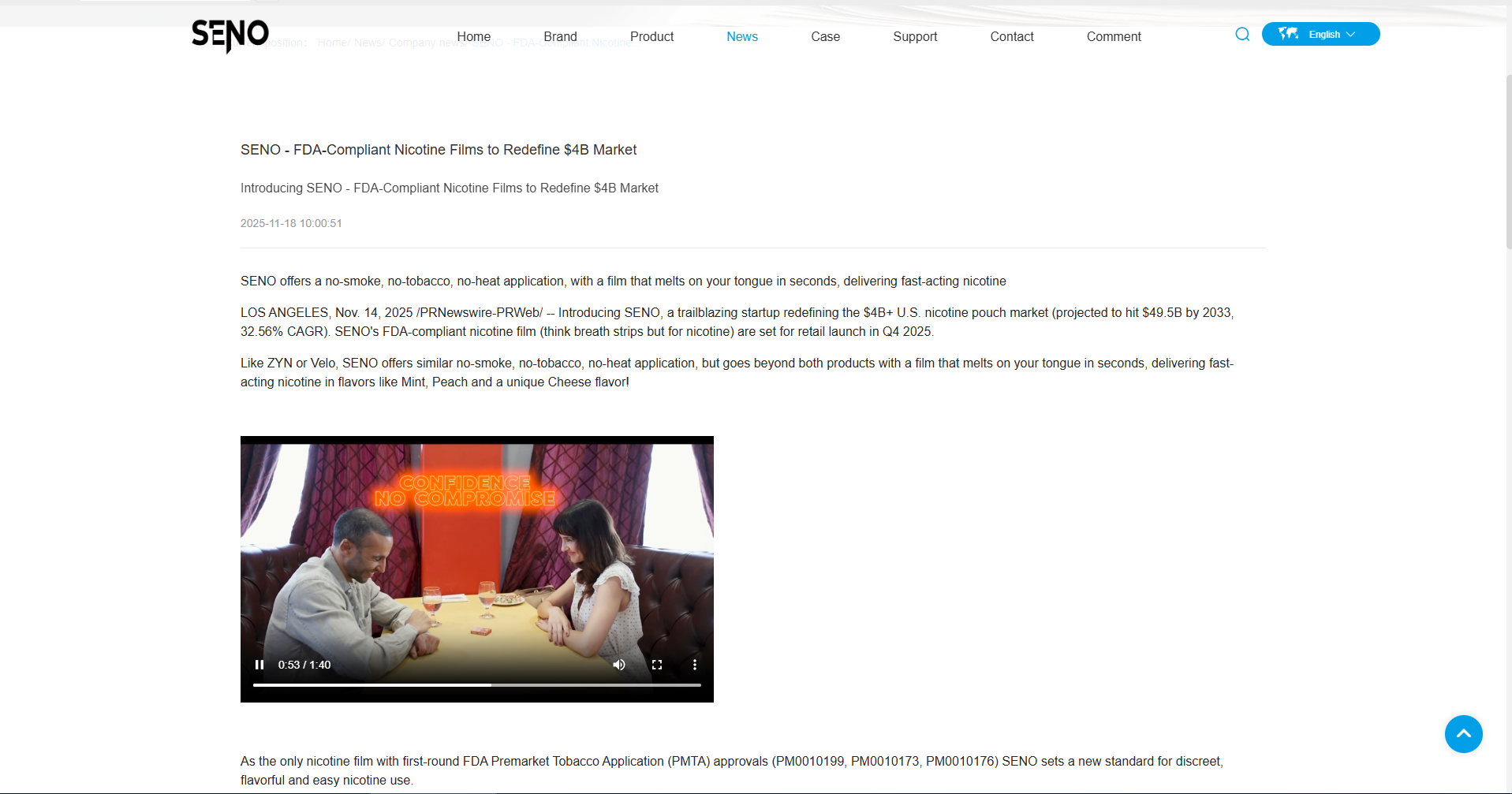As we approach the mid-2020s, businesses across various sectors are grappling with unprecedented changes driven by technological advancements, shifting consumer behaviors, and global economic dynamics. Understanding the industry outlook for 2025 is crucial for stakeholders aiming to position themselves strategically in an increasingly competitive landscape. This article delves into key trends, challenges, and opportunities that will shape industries over the next few years.
- Technological Transformation
1.1 The Rise of Artificial Intelligence and Automation
By 2025, artificial intelligence (AI) and automation are expected to be deeply integrated into business operations across sectors. From manufacturing to healthcare, AI will enhance efficiency, reduce costs, and improve decision-making processes. According to a report by McKinsey, AI could contribute up to $13 trillion to the global economy by 2030. Companies that invest in AI-driven solutions will likely gain a competitive edge, as they can leverage data analytics for predictive insights and personalized customer experiences.
1.2 The Expansion of the Internet of Things (IoT)
The IoT is projected to connect billions of devices by 2025, creating a vast network of smart technologies. This connectivity will revolutionize industries such as logistics, agriculture, and smart cities. For instance, IoT-enabled sensors can optimize supply chain management by providing real-time data on inventory levels and shipment statuses. Businesses that harness IoT capabilities will enhance operational efficiency and customer satisfaction.
- Sustainability and Corporate Responsibility
2.1 The Shift Towards Green Practices
As climate change concerns intensify, industries will increasingly prioritize sustainability. By 2025, companies will be expected to adopt environmentally friendly practices, from reducing carbon footprints to implementing circular economy principles. The demand for sustainable products will drive innovation, with businesses that embrace eco-friendly practices likely to attract a growing base of environmentally conscious consumers.
2.2 Regulatory Pressures and Compliance
Governments worldwide are implementing stricter regulations regarding environmental impact and corporate responsibility. By 2025, industries must navigate a complex landscape of compliance requirements. Companies that proactively adapt to these regulations will not only avoid penalties but also enhance their brand reputation and customer loyalty.
- Evolving Consumer Behavior
3.1 The Shift to Digital and Remote Engagement
The COVID-19 pandemic accelerated the shift towards digital engagement, a trend that will continue through 2025. Consumers are increasingly favoring online shopping, virtual experiences, and remote services. Businesses must invest in robust digital platforms and enhance their online presence to meet evolving consumer expectations. Companies that prioritize user experience and personalization will thrive in this digital-first environment.
3.2 The Demand for Authenticity and Transparency
Modern consumers are seeking authenticity and transparency from brands. By 2025, businesses that prioritize ethical sourcing, fair labor practices, and transparent communication will resonate more with consumers. Brands that effectively convey their values and engage in meaningful storytelling will foster deeper connections with their audience.
- Workforce Dynamics
4.1 The Future of Work
The workforce landscape is undergoing a transformation, with remote work becoming a permanent fixture for many organizations. By 2025, companies will need to adopt flexible work models that prioritize employee well-being and work-life balance. Organizations that invest in employee development and create inclusive cultures will attract and retain top talent.
4.2 Skills Development and Lifelong Learning
As industries evolve, the demand for new skills will rise. By 2025, businesses must prioritize continuous learning and upskilling initiatives to equip their workforce with the necessary competencies. Companies that foster a culture of lifelong learning will not only enhance employee engagement but also drive innovation and adaptability.
Conclusion
The industry outlook for 2025 presents a landscape filled with both challenges and opportunities. Businesses that embrace technological advancements, prioritize sustainability, adapt to changing consumer behaviors, and invest in their workforce will be well-positioned to thrive. As we navigate this dynamic environment, staying informed and agile will be key to success in the coming years. By proactively addressing these trends, organizations can not only survive but also flourish in the face of change.






+ There are no comments
Add yours